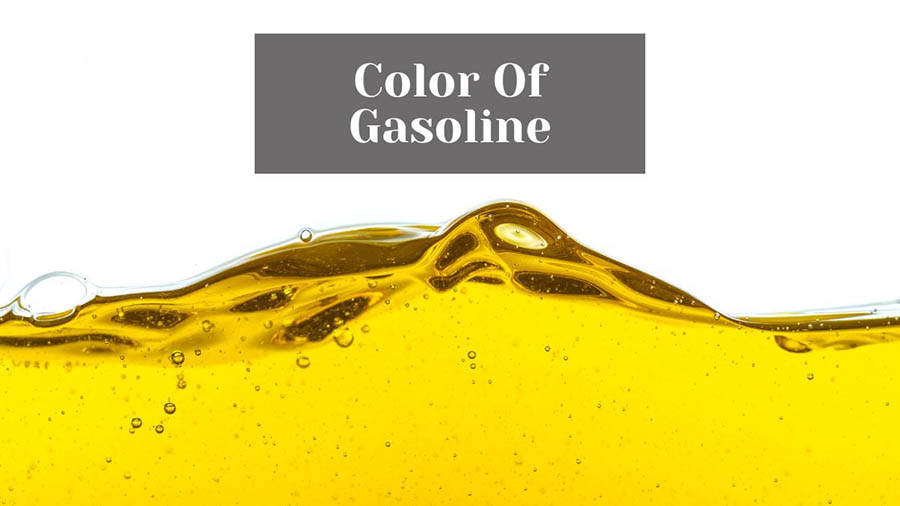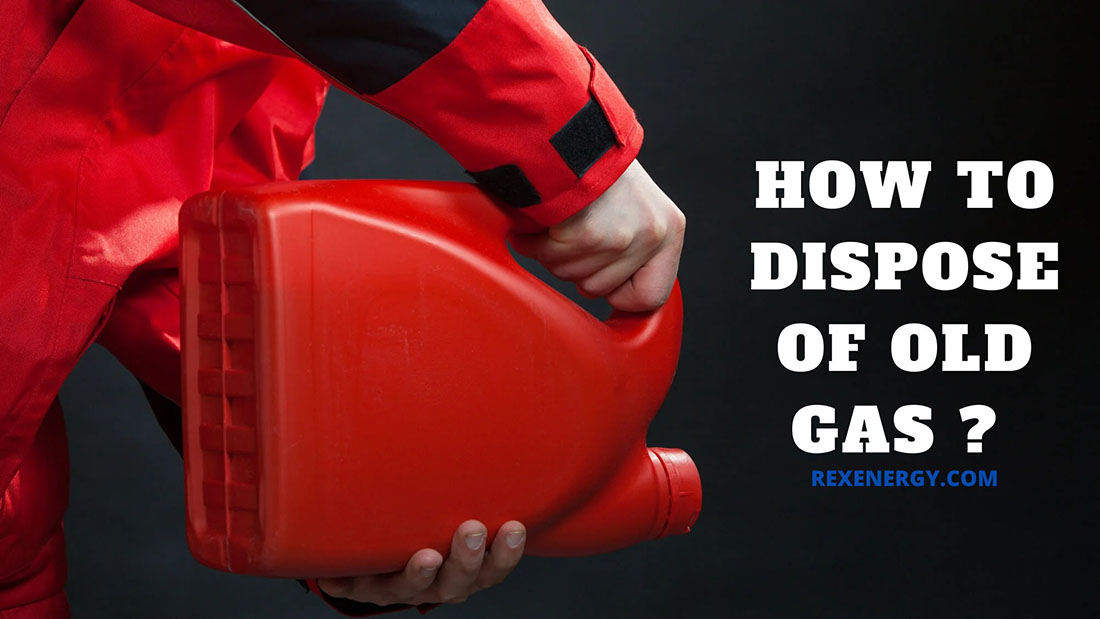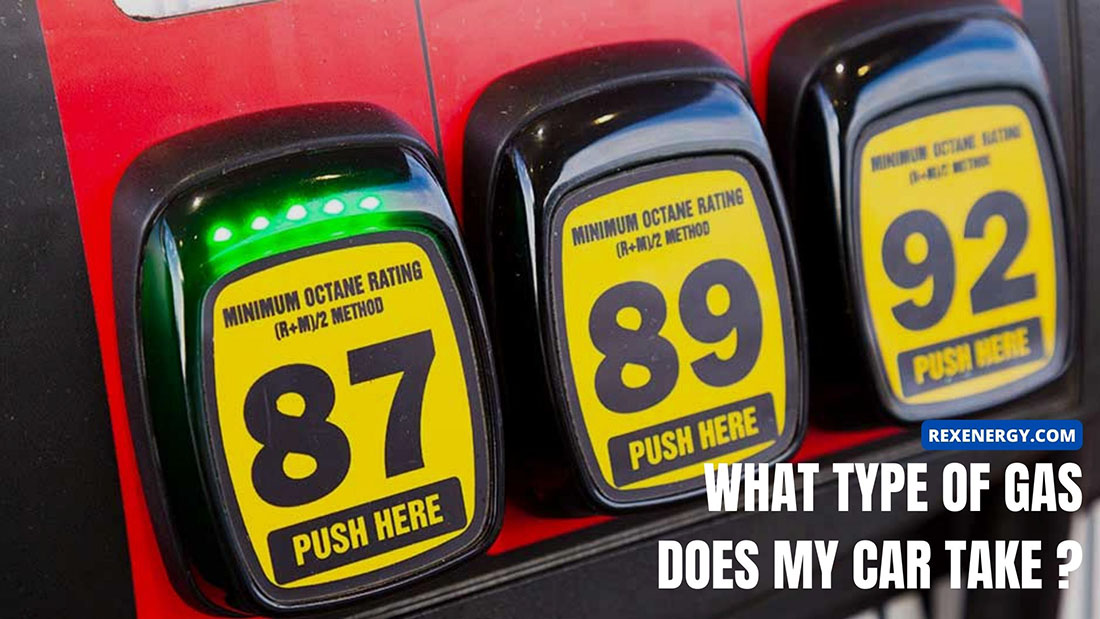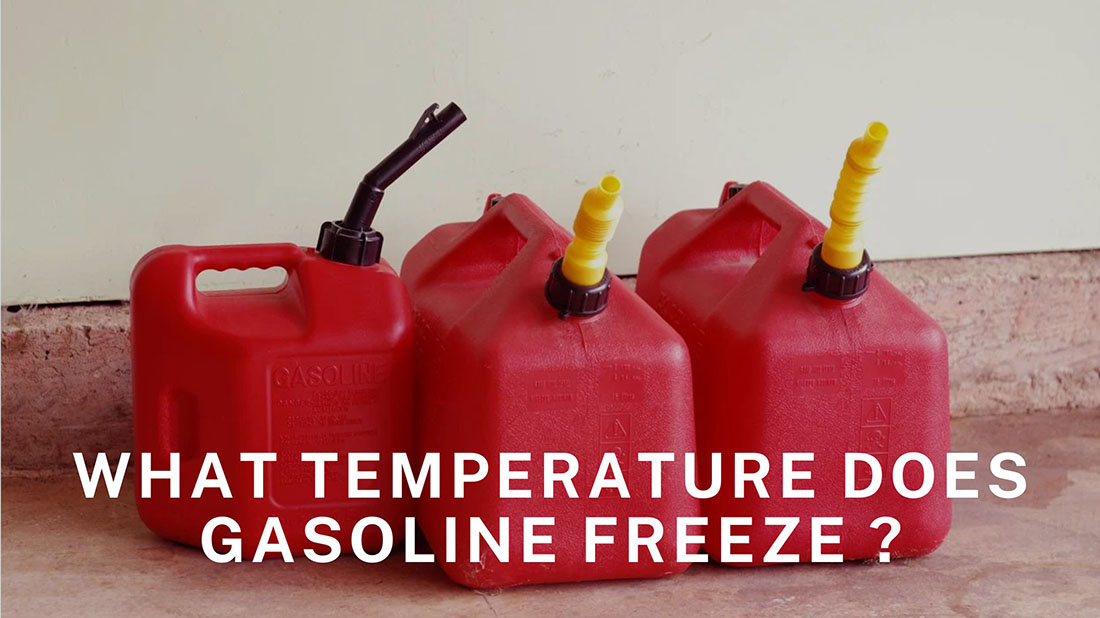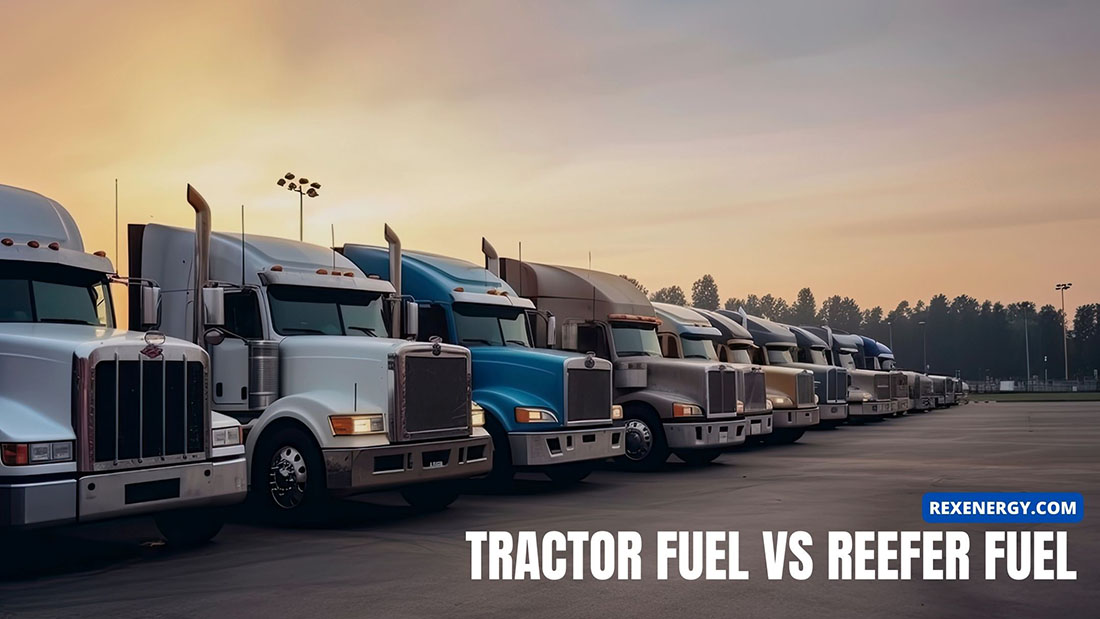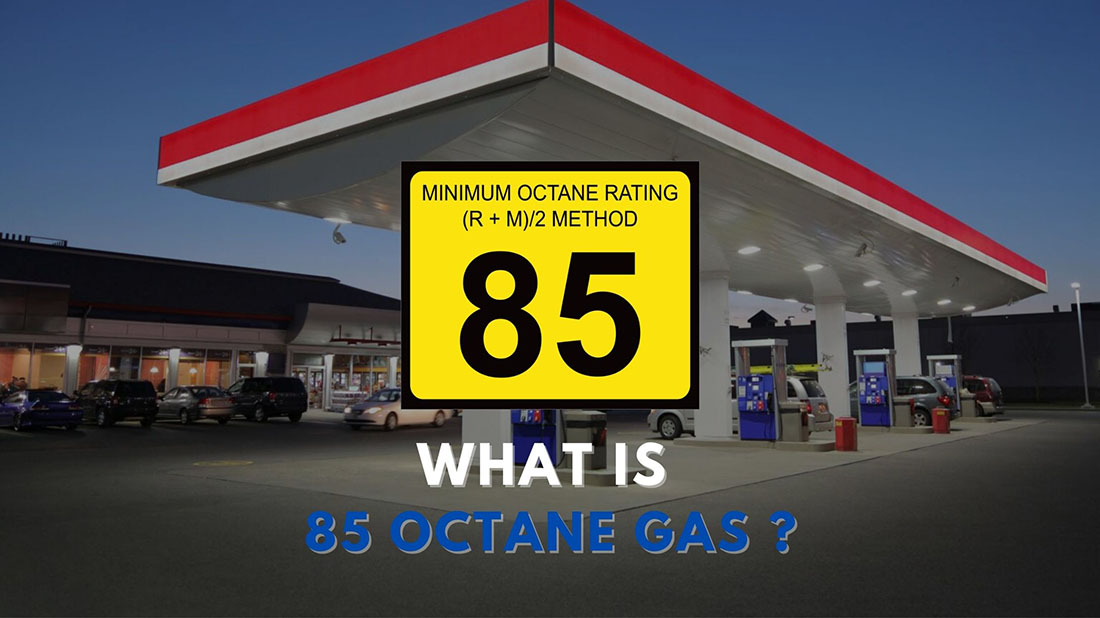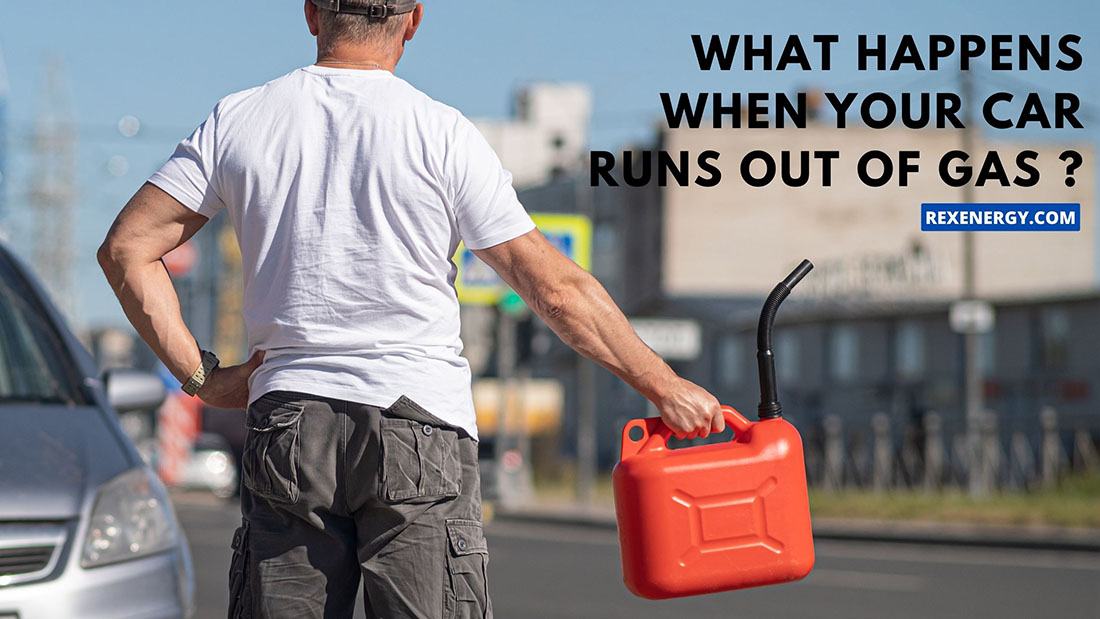Gasoline is an indispensable fuel, widely used in spark-ignition combustion engines of most vehicles today. But have you ever wondered: What color is gasoline? If yes, accompany us to unravel some interesting insights into this facet. Stay tuned, and keep scrolling down!
What Color Is Gas?
The color of gasoline is transparent by nature, but you will encounter it in red, green, yellow, brown, blue, pink, or even purple. Why does it have so many colors? This is because petrol manufacturers have added fuel dyes to this liquid with the prospect of classifying different gas types.
Before diving deeply into each gas color, we should know about the definition of this term. So what is gasoline? It is a petroleum-derived product that is extracted from crude oil before undergoing a refining procedure.
This also explains why this fuel is originally colorless. More specifically, it is boiled down to the fact that none of the molecules, which can absorb visible light, remain after the extraction and refining process. So how many gas colors have been created until now? The following list may give you a helping hand:
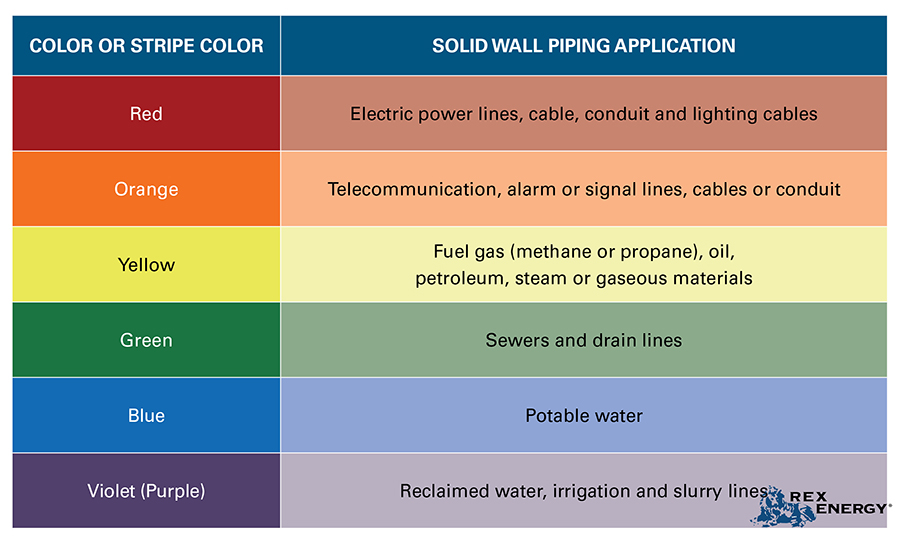
Red Color
The diesel is dyed red to differentiate it from the greenish one. Red gasoline is also exempted from the national taxes imposed on gas-related products.
Regarding its applications, this type is widely used for heating, cooking, or lighting functions. In addition, many industries, namely construction or farming, also rely on red-dyed fuel as an effective energy source to spark off-road devices.
Purple Color
You may be surprised that the purple diesel is a variation of a red one. It is solely applied in agricultural settings to run the equipment. Besides, the tax that authorities levy on it is much lower than on other color-dyed products.
Yellow Color
This color is commonly used as a classification method within European territory where the need for power sources, especially natural gas and diesel fuel, have escalated. It is often labeled on the heating oil.
Green Color
Green gasoline is a special one that does not derive from petroleum yet plants. It is a mixture whose components are identical to that of a standardized diesel but greener and more environmentally friendly.
Blue Color
Blue gas, or marine gas, is an illuminating fuel with characteristics and properties similar to methane. In North America, it is one of the rarest exported merchandise and is strictly controlled by the government.
Brown Color
When the diesel color is darker than normal, it could signify oxidation. This chemical phenomenon is often detected when your vehicle has stayed stationary for a long time.
Pink Color
Fuel with a pink shade is attributed to the addition of pink dyes. It is often used to distinguish between premium and other types of gasoline with lower octane ratings.
Does The Gasoline Color Decide Its Grade?
Yes.
Gasoline is divided into three kinds based on the octane ratings. Each category is attached to a specific color that helps people easily identify and avoid unexpected mishaps. Below is a comprehensive list for you to consider:

Regular Gasoline
When gasoline falls into this group, it can burn under compression, but premature combustion may sometimes occur. The figure for octane rating reaches 87, and the regular fuel is also known as the unleaded type of gas, bluish in green.
Mid-grade Type
Mid-grade diesel records an octane rating of 89. It is less likely to combust prematurely than regular gasoline since its capacity to withstand the spark-ignition diesel engine’s compression is greater. Yellow is a common color used for this gas type.
Premium Type
Premium gasoline has the highest octane rating, peaking at 90 or above. For that reason, it is least susceptible to premature burning, thereby prolonging the vehicle’s lifespan, and this fuel kind is pink dyed.
Does The Gasoline Color Matter?
Yes, for the most part.
To clearly answer this question, several scenarios should be thoroughly analyzed. First, if you take fresh gasoline directly from the supplier or gas station, the color does not give much information, as the diesel quality is ensured.
Nevertheless, if you plan to store gasoline for future usage, you should plan carefully since the gas color can gradually change after a while. Once it appears a darker hue of color, there is a high chance that your fuel source is oxidized.
This phenomenon is quite dangerous. The reason is that when gas reacts with oxygen, some new substances will be generated, particularly gum and varnish deposits in engines. These impurities can clog up your carburetor, injector, or fuel filters, reducing the vehicle’s performance as a consequence.
What Are The Color-Coded Cans?
The compilation as follows may come in handy under a few circumstances:
- Containers painted green are often used for fuel storage.
- Red cans are exclusively utilized to store gasoline or other flammable liquid.
- The yellow can be an optimal option if you want to store diesel fluids.
- In most cases, blue containers are only for kerosene.
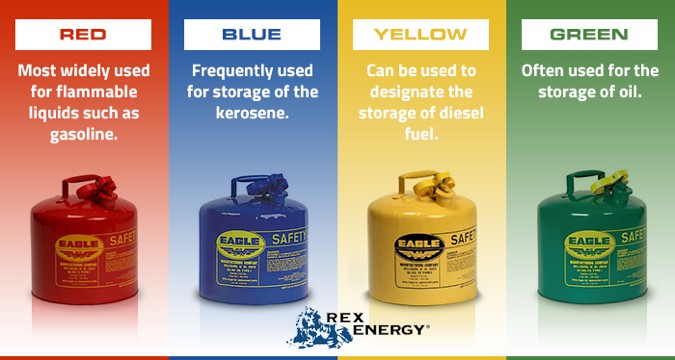
How To Identify Bad Gasoline?
Gasoline has a lifespan of 6 months on average. And this number can be extended or shortened, depending on various contributors. But when this type of fuel goes bad, normally due to excessive evaporation, oxidation, or poor acceleration, its life will come to an end.
So how can we recognize it? If you come close to it but cannot feel the scent or can breathe without difficulty, your diesel’s quality may degrade.
You can also spot this change via its color. As we mentioned earlier, the brownish shade signifies fuel oxidation. Another way that you can use to identify is to notice the color clarity, striking shown by the sedimentation left at the bottom.
Frequently Asked Questions
What Color Is 100 Octane Gas?
This high-octane gasoline is green.
What Color Is Premium Gas?
Premium gasoline is usually dyed pink.
Why Does Gasoline Turn Yellow With Age?
The initial color of gasoline will be clear and bright. But when it turns older, gas elements may break down over time, resulting in a less bright color shade.
What Is The Color Of Gas In The Philippines?
According to the gasoline color chart published by the Phillipian Department of Energy, diesel is labeled with yellow, while green and red are for the unleaded one. Furthermore, the premium fuel is known to be bluish in blue.
Is Gas Blue?
Yes.
Although we have mentioned above, we will help you understand more about the blue gas color in this part. Methane gas is a primary component of natural gas; therefore, a blue-colored flame will appear when it burns.
If a fuel type possesses methane constituents in its chemical components, it is likely to be blue instead of transparent or slightly yellowish when burning.
What Color Is Oil-Mixed Gasoline?
The colors of gasoline mixed with oil may be browner than the fresh fuel, and the tempered fuel may have a bolder shade than unleaded diesel. Sometimes, you can also see a blue or green oil-mixed gas, but this occasion is rare.
The Bottom Line
Hope you can reap the most fundamental knowledge associated with what gasoline looks like after contemplating our post. If you are unsatisfied with our service, please contact our website immediately, and we will try to improve.
See more: can you pump gas with the car on?

